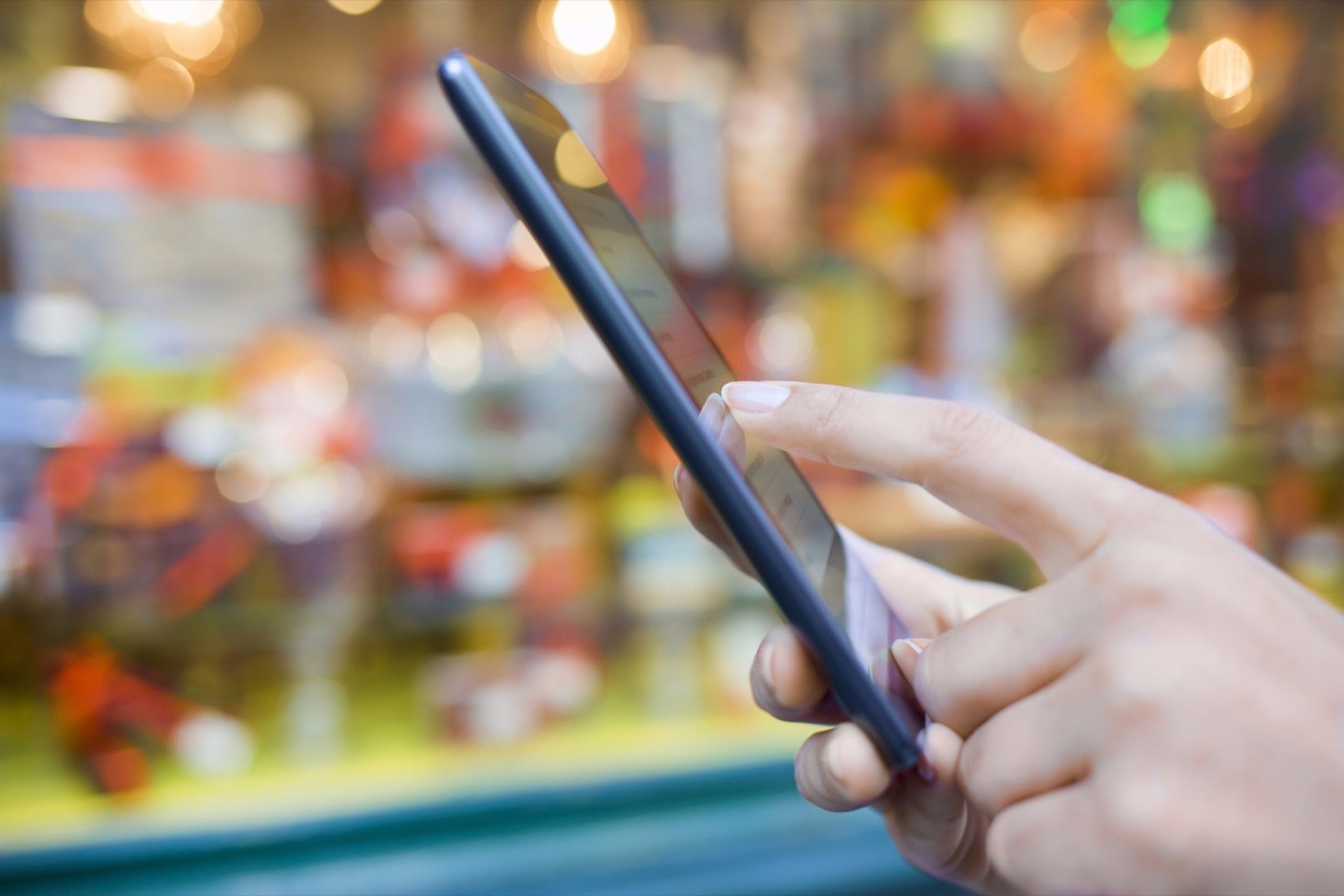The Conundrum of Modern Advertising What is BEM and how does it apply to native ads?
By Andrew Medal Edited by Dan Bova
Opinions expressed by Entrepreneur contributors are their own.

There are a million ways to reach customers with your message. Advertising techniques are continually shape-shifting, adapting to consumer preferences and new technologies. Perhaps more than at any other time, advertising professionals are under pressure to show results and consumers are less open to being advertised to.
That, you could say, is a conundrum.
Related: 10 Marketing Influencers That Every Entrepreneur Can Learn From
To begin with, the pressure on advertisers to show ROI stems from technology's newly developed capacity to track ROI. Previously, advertising campaigns were rated more on estimated value than on firm numbers. With the advent of attribution capabilities came an expectation to show results. Around the same time, consumers became sick of advertisements -- on the web, offline, on mobile, everywhere.
"Advertising is not supposed to blend in, or be ignored," explains Paul Suggett, writing for The Balance. "It is supposed to shout at you, grabbing your attention in the best way (most clearly do not) in order for you to make a good association with the product or service on offer. If you really like it, you may just go on to purchase it. However, all too often, advertising doesn't do its job very well."
It is this in-your-face quality that is so frustrating to consumers who are watching TV or surfing the internet to find content that they want to engage with. Flashing pop-up ads and lengthy commercials are a nuisance. Increasingly, consumers are avoiding them with ad blockers and TiVo.
Related: Use These 5 Steps to Create a Marketing Plan
Advertisers understand that to engage consumers who do not want to be advertised to, you have to disguise the message, and that takes the form of artfully composed content. Brands are pumping out video and written content at a grueling pace. The goal is to grab and hold attention, make a soft introduction to the brand, and set the consumer on a journey to becoming a customer without the use of a flashing advertisement.
One prominent component of the content-driven approach is called native advertising, and it is packing a powerful technology punch today.
"According to Nielsen's Q1 2016 Total Audience Report, 71 percent of millennials spend at least five to 10 hours per week consuming content," says Vitaly Pecherskiy, co-founder and COO of StackAdapt, a native advertising firm. "And 20 percent of them spend more than 20 hours. That is almost a whole day out of the week engaged with content online. For marketers, content is the holy grail and the inevitable future, which means native advertising and increasingly sophisticated audience targeting strategies."
Related: This 14-Year-Old Founder Explains How to Market to Teenagers on Social Media
Native ads appear on thousands of media sites today, placed there using platforms such as StackAdapt. These ads are articles featuring content that showcases an idea the brand sponsoring it wants to share. In order to be effective, these ads are not salesy -- instead, they're just good content designed to entertain or educate readers.
But not every internet surfer is interested in the same content, which is why highly intelligent consumer targeting technology is making a splash right now. That targeting isn't just focusing on demographics or behaviors either. The new cutting edge is a combination of factors known as BEM -- behaviors, emotions and moments.
"The BEM model allows planning and buying teams to improve targeting and tailored messaging by combining programmatic buying with new data sources and triggers including conversation scrapes, content emotion analysis and real-world factors," writes Liam Brennan for AdAge. "Layered on top of brand-building activity that may deliberately have a broader reach, BEM targeting can identify consumers moving into a consideration phase and speak to them directly with relevant messages. The results can be dramatic. Brand preference and purchase intent lift can nearly double when compared to traditional demographic targeting."
The future of advertising could look a lot less like advertising altogether. By engaging consumers on a deeper level, in other words not just with an ad showcasing discounts or features, advertisers are able to create more seamless customer experiences and greater brand loyalty.
Related: 10 Laws of Social Media Marketing
Virtual reality, augmented reality and artificial intelligence also present unique opportunities for brands, startups and entrepreneurs to accomplish subtle native advertising. The latest Netflix Stranger Things AR experience is a perfect example. We must continually keep our eyes open for new technologies to test different types of engagement, and these products present such avenues.
Of course, by accomplishing the subtle native advertising goals, advertisers also achieve the ROI they need to be able to show. This continues to blur the line between advertising, which has traditionally been a creative department, and sales, which has been and remains a department responsible for revenue. So the future, you could say, is still a little blurry.











